


Professor
Publications
Group Members
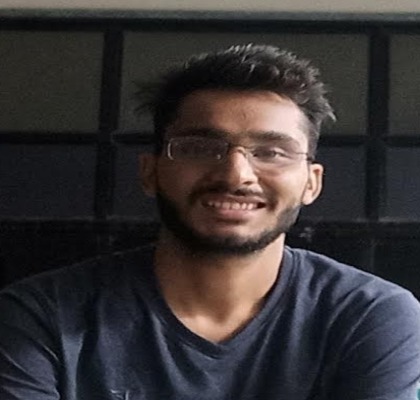
JRF
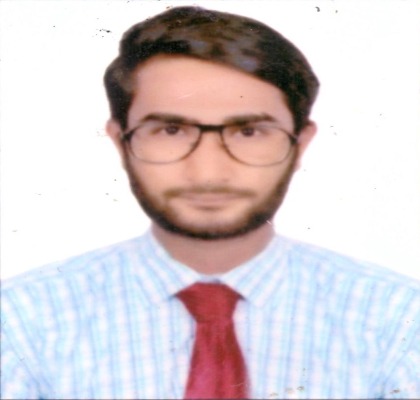
JRF

JRF

JRF
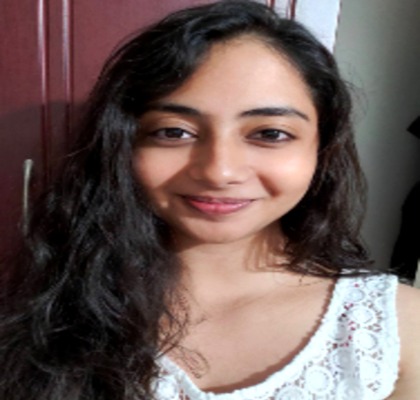
JRF
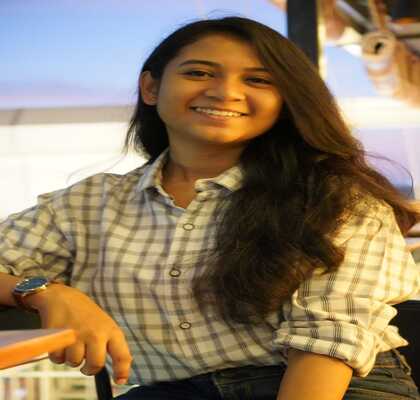
JRF
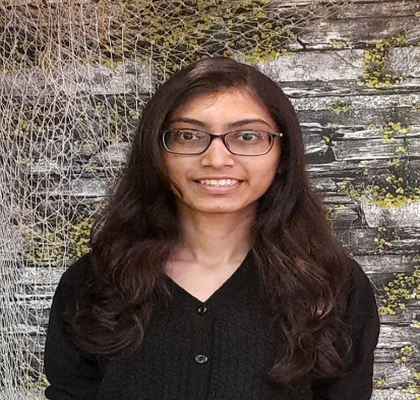
JRF
Research Areas
The ciliary laboratory works on three research verticals:
A. Studying ciliary motility using Chlamydomonas as a model system: role of signalling proteins of the central pair apparatus and ATP homeostasis
B. Ciliogenesis using BCiNS1.1 cell line
C. Primary Ciliary Dyskinesia, a rare human ciliary disease
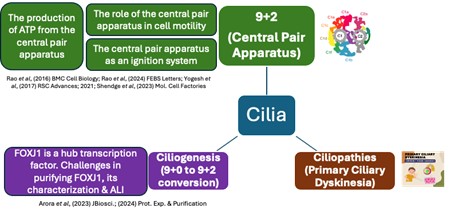
How do cells move? Movement/motility is an important biological process that is genetically determined, and environmentally controlled. It is carried out by thin, filamentous organelles known as cilia/flagella that protrude from cells harbouring it. Motile cilia have a 9+2 proteinaceous architecture. The primary step of motility is the interaction of dynein motors with the tubulin in the microtubules. The sliding of the dynein motors over the adjacent microtubules requires energy in the form of ATP. It has now been shown that all the dynein motors are always in the ‘active’ form. cryo-EM tomography studies show that a bend is created due to the selective inhibition of dyneins. The radial spokes and the central pair apparatus are two such components of this nanomachine that are believed to be the mechano-transducers that create this selective inhibition. Hence, a cross-talk between these components is important for the manifestation of the typical waveform. Also, Ca2+ and cAMP are the second messengers that regulate motility. The RS and CPA therefore harbour several signalling proteins whose mechanistic properties remain elusive. This laboratory has identified four projections in the CPA that can ‘transmit’ inhibitory signals to the dynein arms. Using tools in bioinformatics, biochemistry, molecular biology and protein-protein interactions, we are identifying these ‘inhibitory’ cues and molecules that transmit these signals. Since ciliary dysfunctions also result in human ciliopathies, we are identifying the ciliary genes encoding proteins of the CPA found in human patients with primary ciliary dyskinesia, a ciliopathy.
In trying to understand the molecular mechanism of motility, our laboratory has discovered four atypical A-Kinase Anchoring Proteins (CPC1, PF6, FAP65 and FAP297) associated with their atypical protein partners. The characterisation of these scaffolds is currently underway. Additionally, we have studied three adenylate kinases that provide the fuel (ATP) for motility via the dynein motors. The laboratory has also taken up two proteins (FOXJ1 and XAP5) with role in ciliogenesis. We have successfully established Air-Liquid-Interface cultures of the human respiratory airway cells that is being explored as a model for studying molecules associated with the rare ciliopathy, viz. Primary Ciliary Dyskinesia (PCD). A few genes causing PCD have been identified in the Indian population.
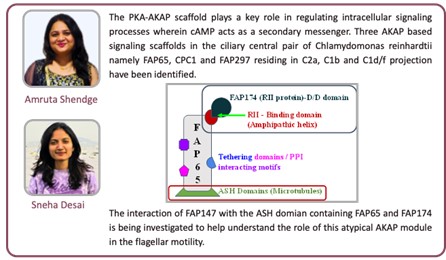
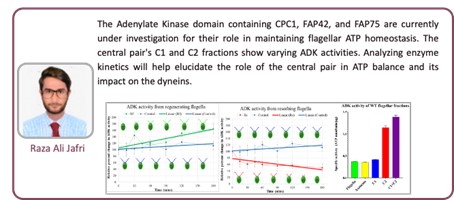 |
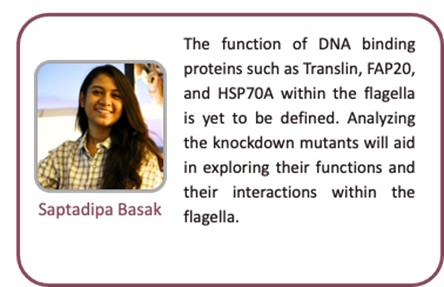 |
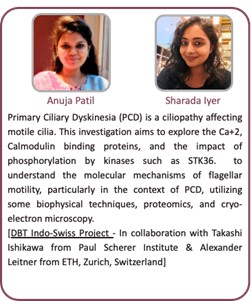 |
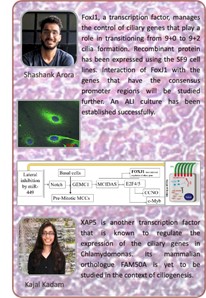 |
Scientific Collaborations (past & present)
Collaborators
M.Sc dissertation students
UM-DAE CEBS project students
Courses Taught
External Links
UM-DAE Centre for Excellence in Basic Sciences
Nalanda Building, University of Mumbai, Vidyanagari, Mumbai 400098, India.
NEST/Outreach:+9186570 26481
NEST/Admissions:+9186570 26482
General Enquiries: info@cbs.ac.in
Admissions Queries:admissions@cbs.ac.in
Web: https://cbs.ac.in